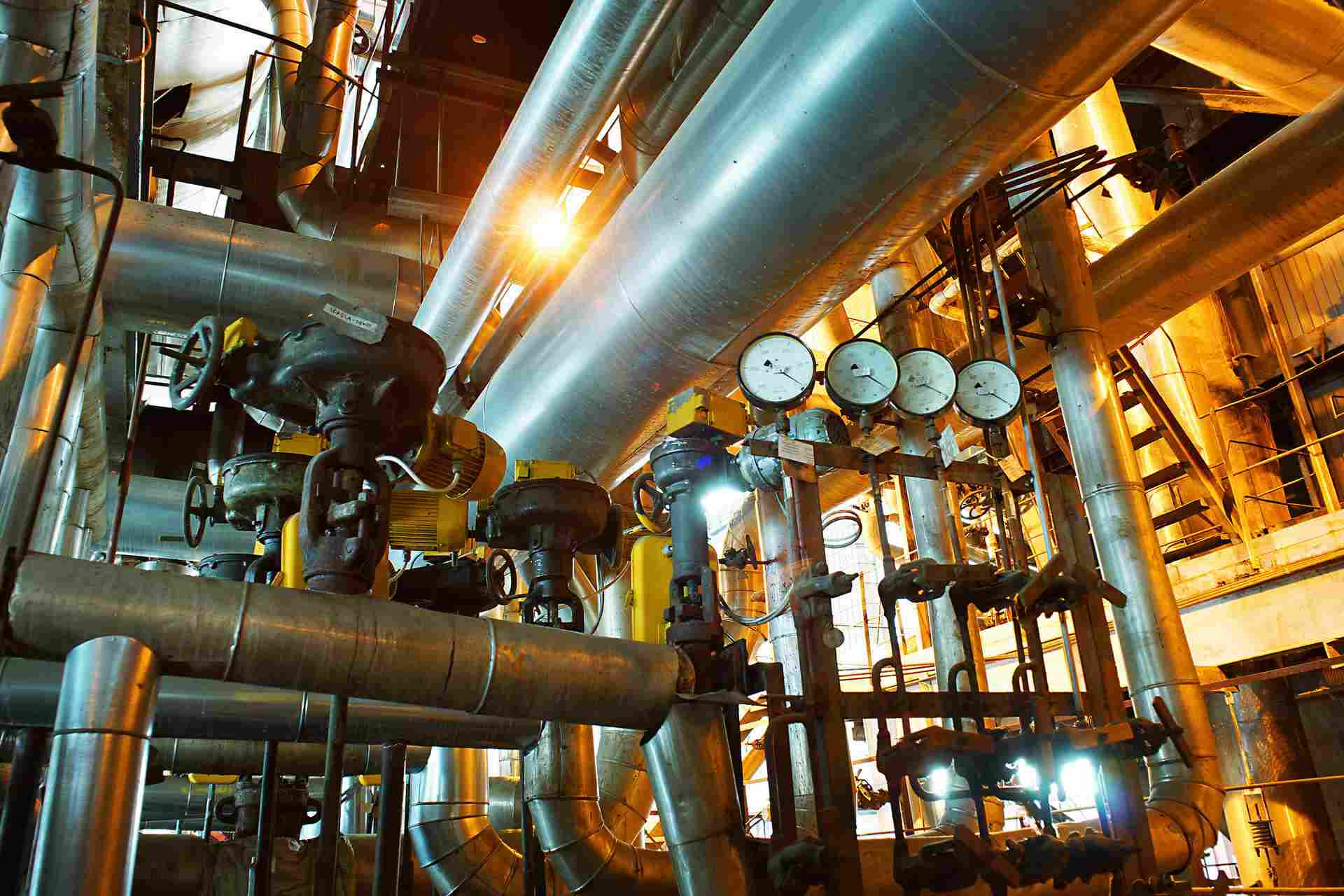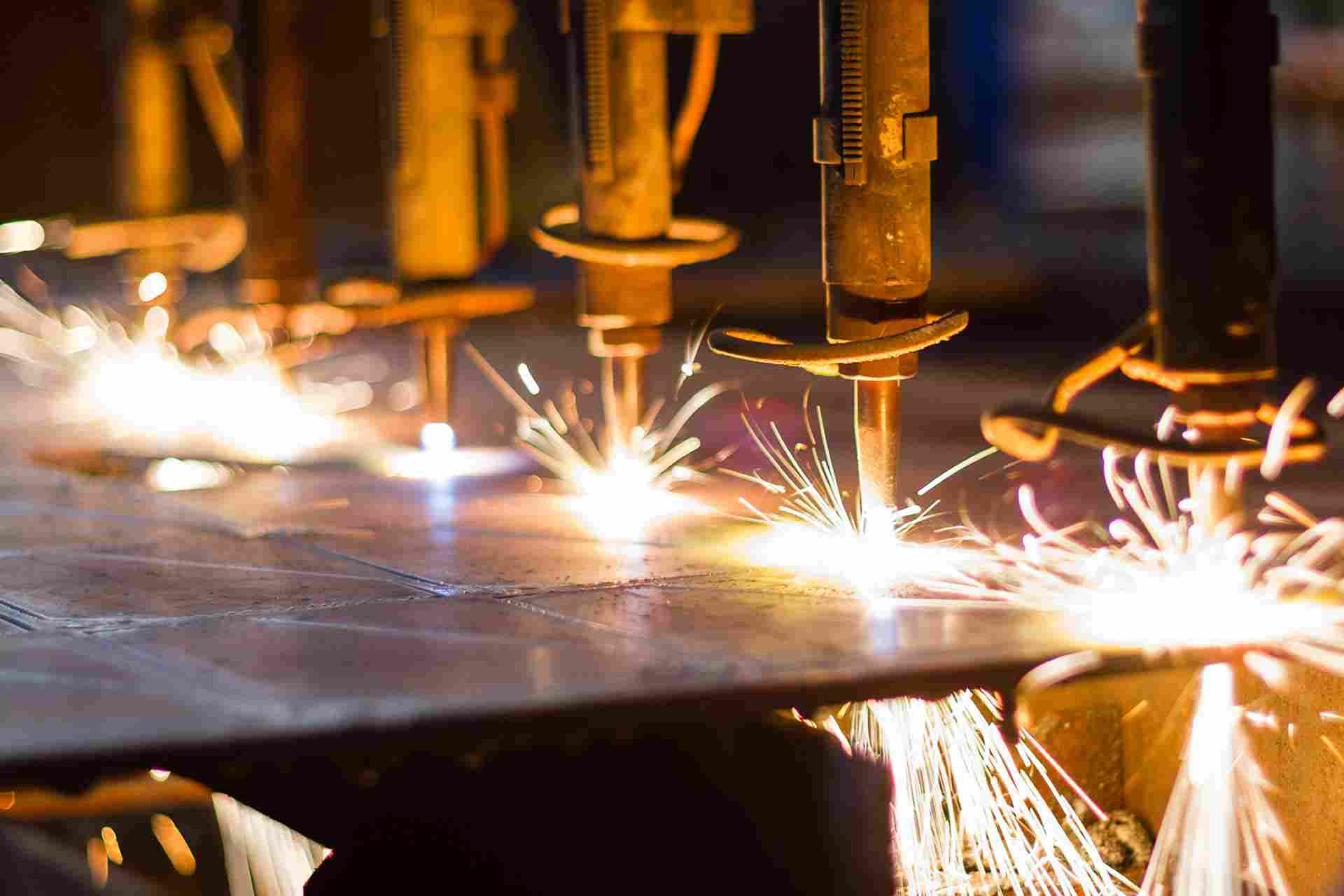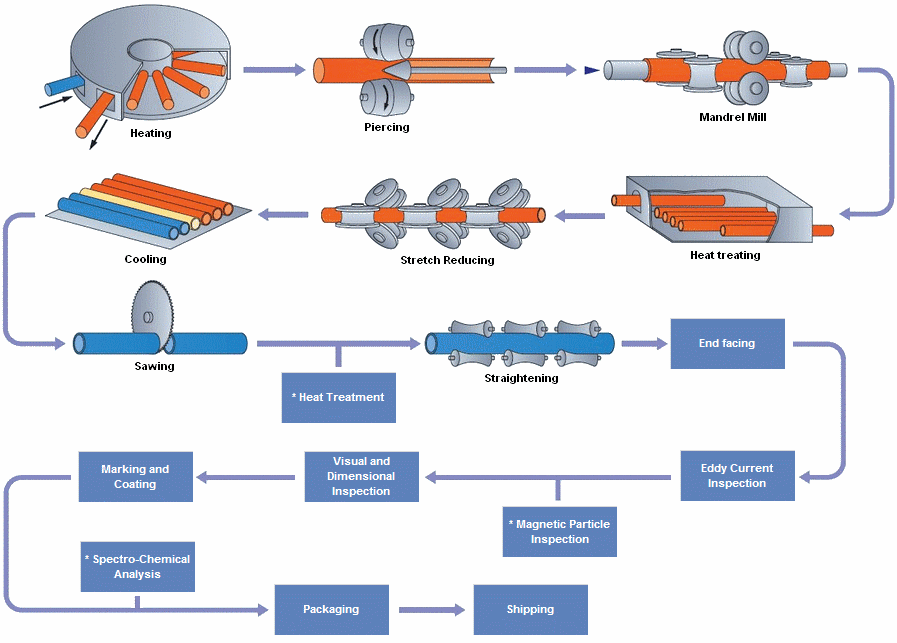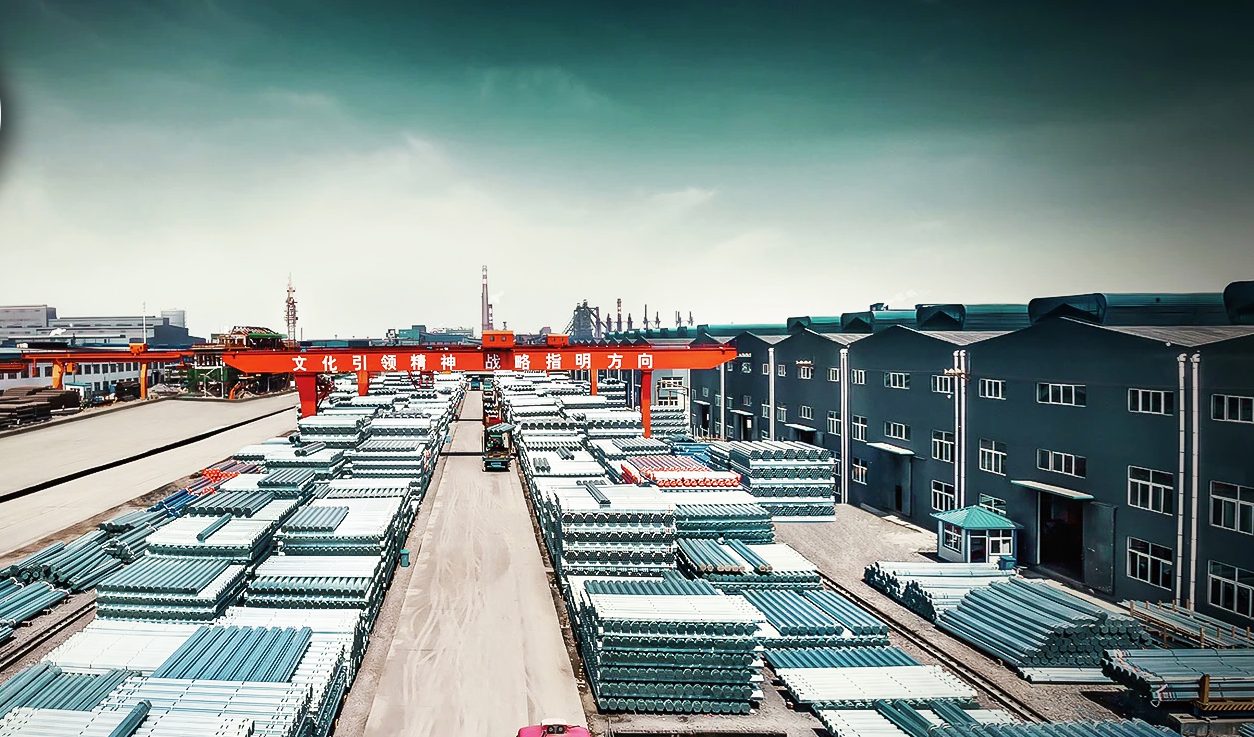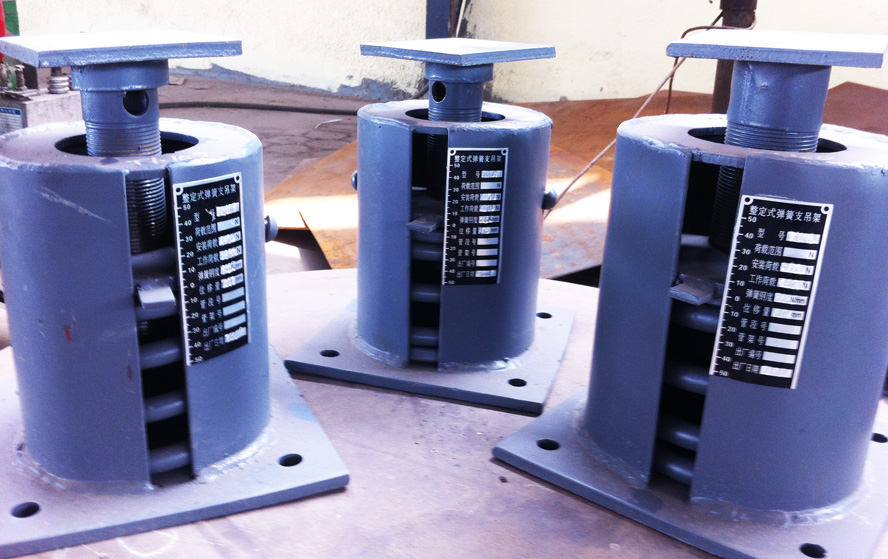Casing Pipe Market Research prediction Report 2025
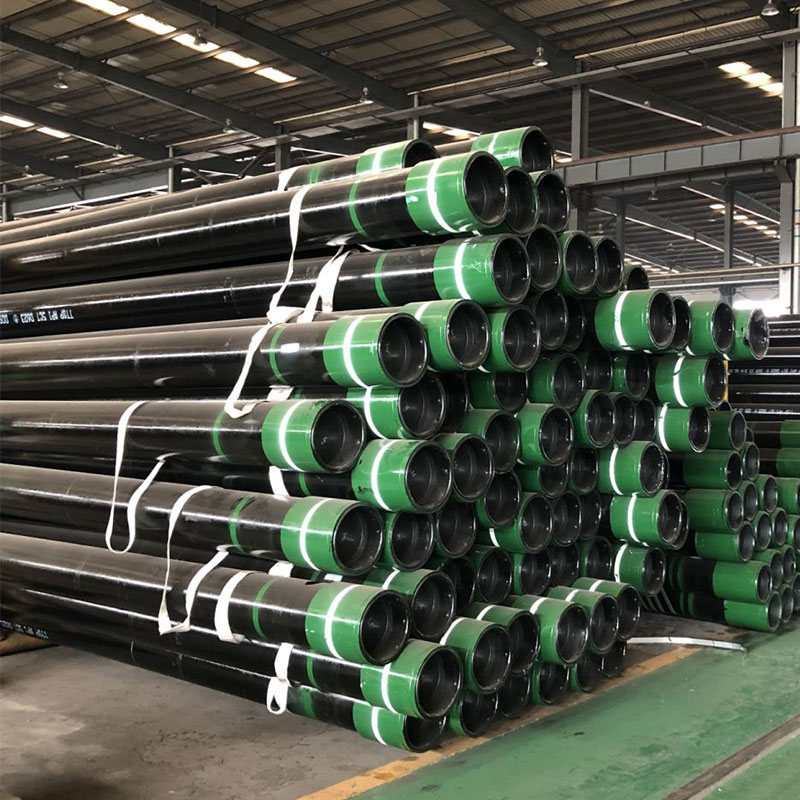
The casing pipe market is a pivotal segment within the oil and gas industry, playing a crucial role in ensuring the structural integrity and operational efficiency of wells. As we look towards 2025, several factors are poised to influence the market dynamics, including technological advancements, regulatory changes, and shifts in global energy demand. In this comprehensive market research prediction report, we will explore the current state of the casing pipe market, key trends and drivers, potential challenges, and forecasts for the future.
Current State of the Casing Pipe Market
Market Overview
The casing pipe market is integral to the oil and gas sector, with applications spanning exploration, drilling, and production. Casing pipes provide essential support to wellbores, preventing collapse and isolating different geological formations. The market is characterized by a diverse range of products, including various grades of steel and different connection technologies.
Key Players
The market is dominated by several key players, including:
- Tenaris: A leading global manufacturer of steel pipes, known for its innovative products and extensive distribution network.
- Vallourec: Specializes in premium tubular solutions, catering to the oil and gas, power generation, and industrial sectors.
- Nippon Steel Corporation: Offers a wide range of steel products, including high-performance casing pipes for challenging environments.
- TMK Group: A major supplier of tubular products, with a strong presence in Russia and the CIS countries.
Market Segmentation
The casing pipe market can be segmented based on:
- Material Type: Carbon steel, stainless steel, and alloy steel.
- Connection Type: Threaded, welded, and premium connections.
- Application: Onshore and offshore drilling, unconventional resources, and geothermal wells.
Key Trends and Drivers
Technological Advancements
- Enhanced Materials: The development of high-strength, corrosion-resistant materials is driving demand for advanced casing pipes capable of withstanding harsh environments.
- Smart Technologies: The integration of sensors and smart materials into casing pipes is gaining traction, offering real-time monitoring and predictive maintenance capabilities.
- Automation and Robotics: Automation in pipe manufacturing and installation processes is improving efficiency and reducing costs, making casing pipes more accessible to a broader range of operators.
Regulatory and Environmental Factors
- Stringent Regulations: Increasing regulations related to environmental protection and safety are driving demand for high-quality casing pipes that meet rigorous standards.
- Sustainability Initiatives: The push towards sustainable practices in the oil and gas industry is encouraging the adoption of eco-friendly materials and processes in casing pipe production.
Market Dynamics
- Rising Energy Demand: The growing global demand for energy, particularly in emerging economies, is fueling exploration and production activities, thereby driving the need for casing pipes.
- Shift to Unconventional Resources: The exploration of unconventional resources, such as shale gas and tight oil, requires specialized casing pipes capable of handling unique challenges.
- Geopolitical Factors: Geopolitical developments and fluctuations in oil prices can impact investment in exploration and production, influencing the demand for casing pipes.
Potential Challenges
- Volatility in Raw Material Prices: Fluctuations in the prices of raw materials, such as steel, can affect the cost structure and profitability of casing pipe manufacturers.
- Technological Barriers: The adoption of advanced technologies requires significant investment in research and development, which may pose challenges for smaller players in the market.
- Supply Chain Disruptions: Global supply chain disruptions, exacerbated by events such as the COVID-19 pandemic, can impact the availability and distribution of casing pipes.
Market Forecast and Predictions for 2025
Market Growth
The casing pipe market is expected to experience steady growth through 2025, driven by increasing energy demand and technological advancements. The market is projected to expand at a compound annual growth rate (CAGR) of approximately 4-6%, with significant opportunities in emerging markets.
Regional Insights
- North America: The region is expected to remain a key market for casing pipes, driven by ongoing shale gas exploration and production activities in the United States.
- Asia-Pacific: Rapid industrialization and urbanization in countries such as China and India are expected to drive demand for energy, supporting the growth of the casing pipe market.
- Middle East and Africa: The region’s abundant oil and gas reserves and continued investment in exploration and production are likely to contribute to market growth.
- Europe: The focus on renewable energy and sustainability may impact the growth of the casing pipe market, but opportunities exist in niche applications such as geothermal wells.
Technological Innovations
- Smart Casing Pipes: The adoption of smart casing pipes with integrated sensors is expected to increase, providing operators with valuable data for optimizing well performance and maintenance.
- Advanced Manufacturing Techniques: The use of automation and robotics in manufacturing processes is anticipated to enhance efficiency and reduce production costs.
- Eco-Friendly Materials: The development and use of sustainable materials in casing pipes are expected to gain momentum, aligning with industry-wide sustainability goals.

